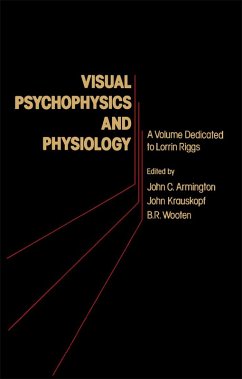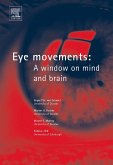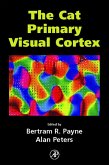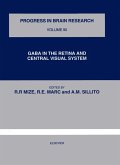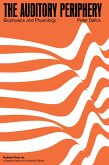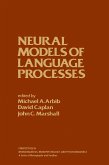The book is organized into six parts. Part 1 explains the approach to the study of vision, thus providing the philosophical theme for the chapters that follow. Part 2 on physiological mechanisms presents examples of comparative and physiological investigations. Part 3 on sensitivity and adaptation examines new research that bears directly upon the classical problems of visual psychophysics. Here, there is an initial concern with measurement, visual sensitivity, scaling, and adaptation. Part 4 discusses research on color vision while Part 5 on acuity, contrast, and movement considers some of the factors that contribute to these perceptions. Part 6 deals with applications of visual science to other disciplines. Specific examples are given that link visual research with ophthalmology, child development, and the investigation of cognitive variables such as meaning, activation, and so forth.
Dieser Download kann aus rechtlichen Gründen nur mit Rechnungsadresse in A, B, BG, CY, CZ, D, DK, EW, E, FIN, F, GR, HR, H, IRL, I, LT, L, LR, M, NL, PL, P, R, S, SLO, SK ausgeliefert werden.

